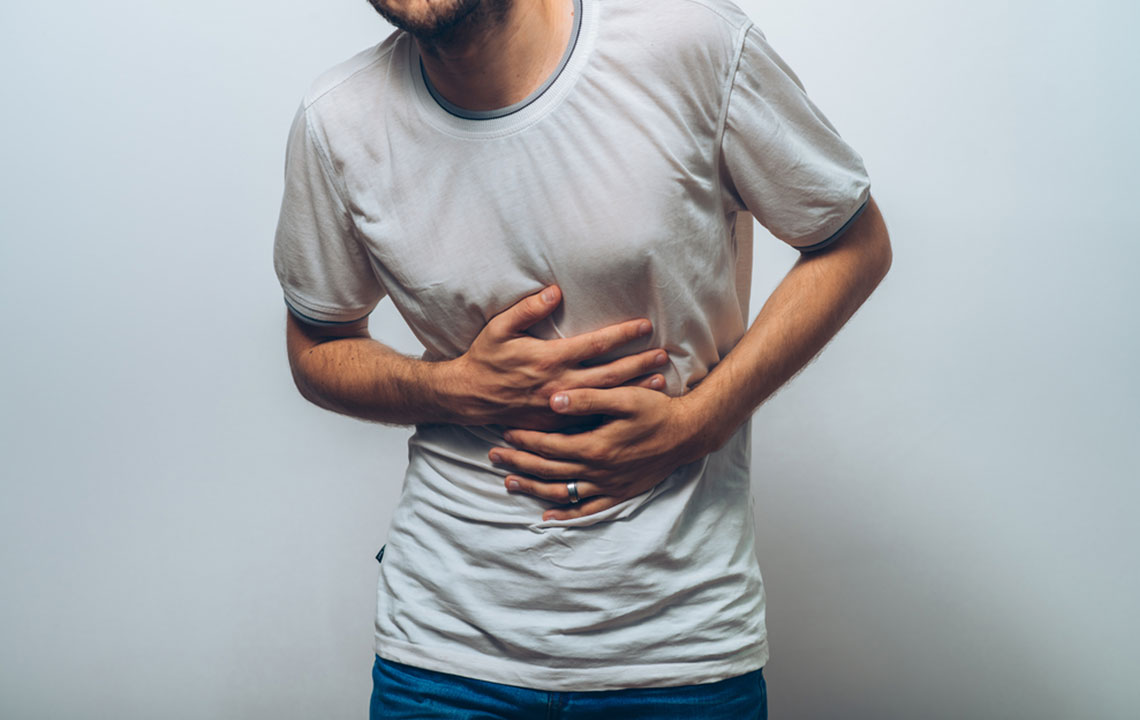Urinary Incontinence Types And Treatment

Urinary incontinence is a symptom characterized by an involuntary flow of urine which can be caused due to multiple reasons including medical conditions, bad eating habits or lifestyle issues. This involuntary flow can be minimal which is generally not an issue. It can be moderate or severe and require immediate medical attention. The major types of urinary incontinence have been listed below.
Stress incontinence
This is caused due to excessive pressure on the urethra due to physical reasons such as sudden coughing, sneezing, laughing or weight lifting.
Urge incontinence
This urinary incontinence is also called reflex incontinence and is caused due to an intense urge to urinate which is uncontrollable. This fierce urge is sudden and the urine flow that follows it is involuntary. This is caused due to diabetes or due to an infection in the excretory system. Some women also experience this during sex.
Overflow incontinence
This problem is associated with malfunctioning of the urinary bladder. Overflow incontinence is characterized by the regular involuntary release of urine in small amounts. It can be the result of the bladder being overfilled or if it not being completely empty.
Functional incontinence
This incontinence is caused due to functional issues such as an inability to reach the washroom in time. This can be caused due to mental or physical incapabilities such as severe arthritis or old age which limit the walking capacity.
Mixed incontinence
This condition is caused due to a combination of both stress and urge incontinence. There are several treatments for urinary incontinence. If the problem is severe, one can go for surgeries or medical implants in the genital areas. But if the problem is moderate, it is possible to treat it without invasive treatments. Following are some of the treatment options available for urinary incontinence.
Treatment for urinary incontinence at home
- Kegel exercises are pelvic floor exercises which aim to provide better control over the muscles in the urinary tract. These exercises help to firm the organs that cause involuntary urine flow. This is useful for controlling stress incontinence. With regular practice, you can control the problem of urine leakage and avoid any embarrassing situations.
- Give bladder training a shot. Just like babies are trained to go to the toilet, adults can also learn to train their bladders to stop the involuntary urine leakage. Maintaining a toilet timetable is a good idea to keep track of the number of times you need to use the washroom. This is useful for controlling urge incontinence.
- One can also use double voiding, a technique where you alternate between urinating and waiting for a couple of minutes to make sure that the bladder is completely empty. This method is useful in controlling overflow incontinence. Regularly practicing these techniques over a period of time can help you gain back control over your bladder.
Medication for treatment for urinary incontinence
There are multiple treatment options available if you want to go for a medication course to treat your urinary incontinence. Most of these treatments work either by controlling the overactive urinary tract muscles or by assisting inefficient genital tissues to work properly. Some of the commonly prescribed medications to patients suffering from urinary incontinence have been listed below.
Anticholinergics
These medications aim to calm down an overactive urinary bladder. It is helpful for people who experience urge incontinence. Anticholinergics help you maintain a greater control over your bladder.
Topical estrogen
Estrogen is a hormone that regulates the functions of the excretory system in the female body. If the body is not producing sufficient amount of estrogen, it can lead to urinary incontinence. Topical estrogen medication can help in maintaining estrogen levels in the body. By doing so you can regulate excretory functions. This medication reinforces the tissues in the vaginal lining, so that they gain control over their urine flow.
Surgical Treatment
Surgery is the last option which is considered, only if other treatments do not work.
Sling procedure
This is a surgical procedure that involves the installation of a mesh like structure directly below the bladder opening, to control the urine leakage and provide greater control over the bladder.
Colposuspension surgery
This is a surgery which involves altering the bladder itself. The procedure involves lifting the bladder neck, and by doing so you can stop urine from leaking out. This is helpful for patients suffering from stress incontinence.
Artificial sphincter surgery
This is a surgical option that involves the installation of an artificial sphincter, which mimics the natural urinary sphincter valve. This is done in the patients whose sphincter valve is not working efficiently, or if has become loose. This artificial valve controls the flow of urine from the bladder to the urethra, providing a greater control to the patient, while passing the urine.



